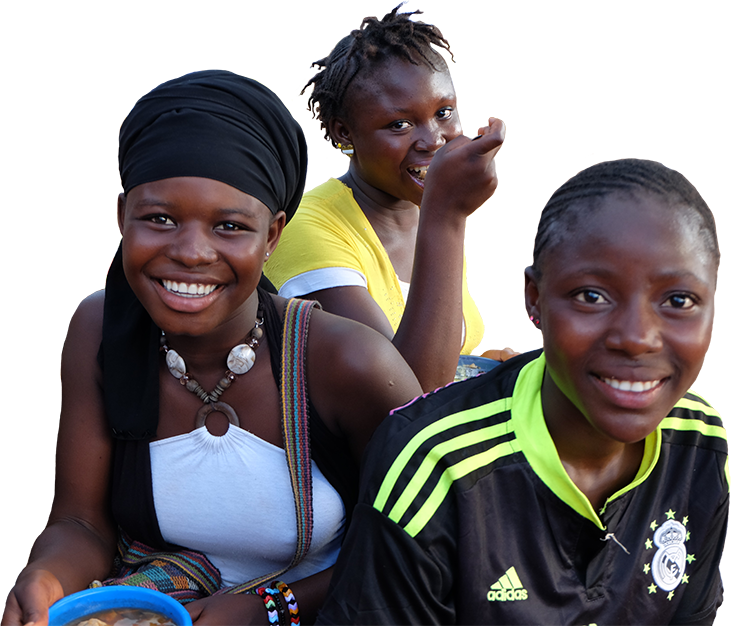Nutrition services typically do not prioritize adolescents and adolescent-friendly health services rarely include nutrition. Nutrition services need to be responsive to adolescents’ unique needs and priorities and address the barriers they face in accessing services. Programs must consider the diversity of adolescents’ situations and experiences, as well as the varied social norms and expectations of adolescents in the family and community. The Adolescent Nutrition Resource Bank includes guidelines and tools used in nutrition services for adolescents.If you have relevant service delivery documents or tools, please send them to info@advancingnutrition.org.
We found 136 resource(s)
Empowering Girls Through SMS
Journal Article published by UNICEF in
A digital counseling service called SMS BIZ, also known as U-Report, was introduced in Mozambique in October 2015. The goal of the project was to create a safe place for adolescents to ask questions and seek counseling on topics generally counsidered taboo in their communities. The text message-based program preserved the anonymity of the…
Fighting Childhood Obesity with Healthy School Food Environments
Information, Education and Communication Materials published by University of North Carolina at Chapel Hill in
This fact sheet underscores the importance of implementing strong school food policies to create an environment that leads to healthier food choices for kids at school and beyond school grounds.
Effective Actions for Improving Adolescent Nutrition
Guideline/Guidance published by WHO in
This publication summarizes WHO evidence-informed recommendations and principles related to adolescent malnutrition. It complements the WHO recommendations on adolescent health, with an emphasis on the implementation of nutrition-specific and nutrition-sensitive interventions for adolescents.
Report of the Stakeholders Consultation on Adolescent Nutrition
Technical Report published by SPRING in
This document provides a summary of the 2017 Stakeholders Consultation on Adolescent Girls' Nutrition. The report outlines the state of evidence, existing guidance, and relevant program and implementation experience. It also includes a list of evidence and implementation gaps in the nutrition of adolescent girls in LMICs and a summary of areas…
Engaging Adolescents to Accelerate Progress on the First 1,000 Days
Occasional Paper published by SPRING in
This paper discusses prioritizing and engaging with adolescents prior to and during their child's first 1,000 days. The authors conclude that supporting pregnant and parenting adolescents requires identifying barriers to optimal maternal health, pregnancy, birth outcomes, breastfeeding, and young child feeding and care practices. They also note…
Adolescent Nutrition in Timor L'Este: A Formative Research Study
Technical Report published by Australian Aid, TOMAK, WFP in
The purpose of this formative research was to inform the development of interventions, activities, and materials that support adolescent nutrition in Timor Leste from an SBC perspective. The study's key findings and recommendations relate to such issues as snacks at school, drinks, nutrition-related illness, cultural and gender norms,…
Formative Research to Inform Adolescent Programming in Cambodia: Engagement for Health, Nutrition, and Sustainable Development
Technical Report published by WFP in
This formative qualitative research study, conducted in three Cambodian provinces, focused on the perspectives, experiences, and suggestions of adolescent girls and their communities related to adolescent health and nutrition. Based on the study's findings, evidence-based recommendations were created to improve the design of nutrition-…
Formative Research to Inform Adolescent Programming in Kenya: Engagement for Health, Nutrition, and Sustainable Development
Technical Report published by WFP in
This formative qualitative research study, conducted in Kenya, focused on the perspectives, experiences, and suggestions of adolescent girls and their communities related to adolescent health and nutrition. The report includes recommendations related to strengthening the visibility of adolescents, influencing adolescent nutrition, engaging…



